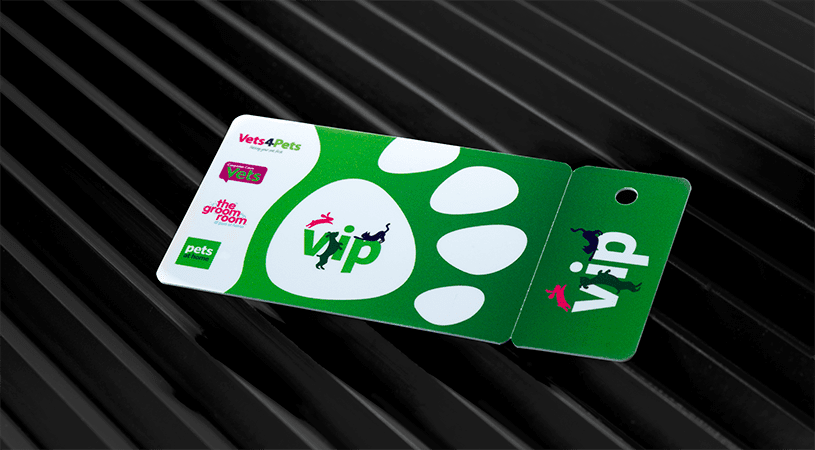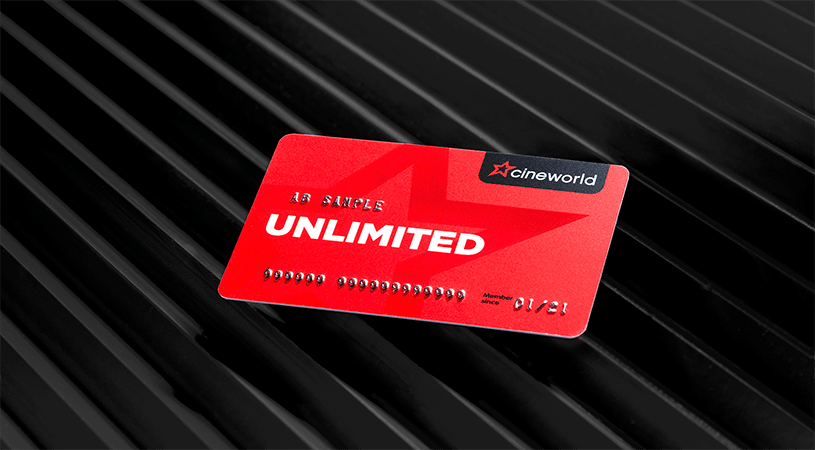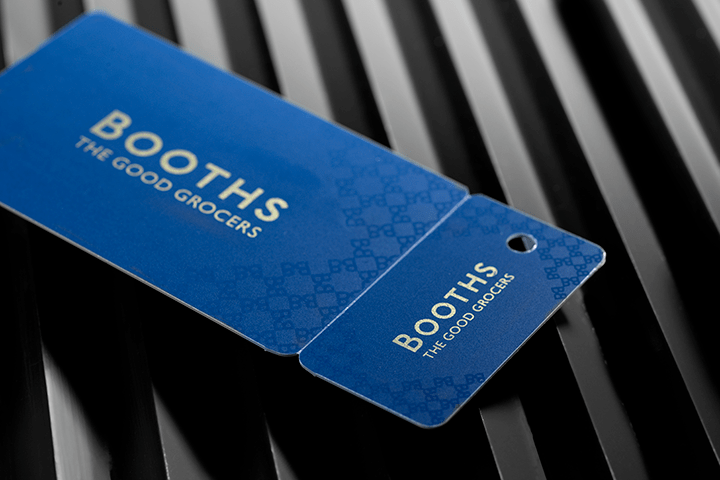In the modern environment, security is key across the board and for a business this is one of the most important elements to your office, ensuring that your staff feel relaxed, safe and secure and can easily focus on their work. Although the majority of offices are incredibly safe, adding that extra level of security can help to keep not only your staff but also your private and personal business information safe, and if you are looking to achieve this goal then chances are you will have already looked at how a keycard can help.
Keycards are incredibly innovative and in a modern environment they can easily combine practicality and efficiency by giving you a realistic security option for your business. Fitting easily into your wallet, keycards offer a popular alternative to keys which can easily be forgotten or misplaced.
How can you use a keycard to improve your business security?
The main way that keycards are used within the business environment is as access cards and this means you will often combine them with an electronic scanner on the wall. Once your staff member swipes their keycard onto the electronic scanner it will either grant or deny them access depending on how you have programmed the card – this can be an ideal way to ensure that each staff member is allowed into appropriate areas of the business.
One of the main benefits of keycards is that you can program them to meet the needs of each individual and that they can be re-programmed as needed. This can help avoid hefty expenses if a key is lost as the locks no longer need to be changed each time, you can simply re-program the security system.
How is a keycard used?
In general keycards are used in two different ways – they can either be used as swipe cards, or alternately they can be chipped. Regardless of the type of card you choose, you will also need to install a receiver which will interact with your keycard to send and receive information and either allow or deny the user access. Once these systems have been installed they are relatively low maintenance and the upkeep is generally kept to a minimum.




